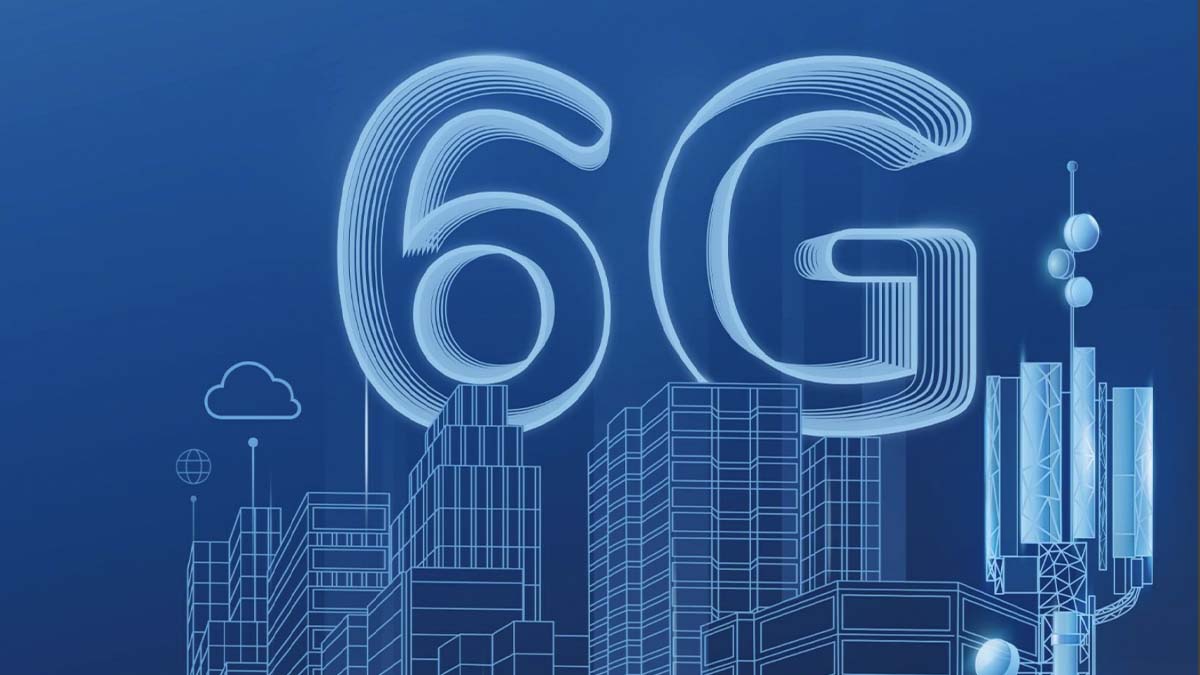
vivo Communications Research Institute has released its third 6G white paper that explores the 6G framework and enabling technologies that vivo experts believe will shape people’s lives beyond 2030.
The report, “Building a Freely Connected Physical and Digital Integrated World: 6G Services, Capabilities and Enabling Technologies,” builds on two earlier works released in 2020, including ‘Digital Life 2030+’, which provides insights into some of the many potential 6G digital scenarios for the next decade, and ‘6G Vision, Requirements and Challenges’, which outlines vivo’s vision for 6G, namely that 6G will enable the convergence of the digital and physical worlds.
According to vivo, over the past two years, the industry has been gradually forming a consensus on the services that may be provided by 6G and the key capability indicators that need to be achieved. The research and development of related key enabling technologies is also gaining momentum.
According to the analysis, 6G will converge communication, computation, and sensing in a single system. An integrated 6G network will not only connect humans to humans, but it will also connect humans to machines and machines to machines, helping create a whole new digital world. It can be expected that hundreds of billions of devices will be connected by 2030.
“6G will allow us to bring the next generation of connectivity into every aspect of people’s lives. It will integrate more access technologies, cover a larger physical space, and provide better core capabilities, supporting more services,” said Rakesh Tamrakar, 5G Standard Expert at vivo.
“By seamlessly connecting industries, transportation, workspace, and homes, 6G will contribute greatly to society – from the democratization of professional talent to the enhancement of emergency and disaster response.”
This means that every performance indicator, such as data rate, including peak data rate and user experienced data rate, communication delay, and area traffic capacity, will need to be improved several folds or more compared with 5G.
To support the new 6G services and achieve integration of sensing and communication, new network functions need to be introduced. 6G will converge mobile network and computing, cross-domain data interaction, and native AI network—which means it requires a brand new system architecture design.
To read more about the report, you may download the white paper here.

















-x-250px(H)-copy (1).png)


.jpg)




